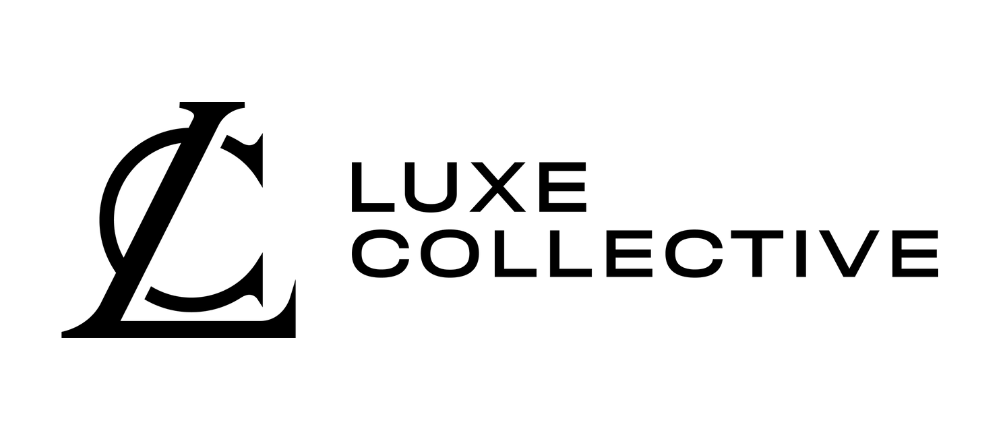Luxe Collective connects fashion enthusiasts with the most sought-after pre-owned luxury pieces at unbeatable value.
Every designer item is 100% authenticated, providing a seamless way to shop for must-have luxury staples.
For sellers, Luxe Collective offers a streamlined, hassle-free process to turn pre-loved items into cash quickly and effortlessly.
Their unique business model requires them to balance the acquisition of products for authentication and resale with driving actual sales through their online store, TikTok Live, and personal shopping events.
Objectives and aims:
Luxe Collective set two key objectives for outbloom, both focused on efficiency and scale:
Step one was to determine how we could scale product acquisition through Google Ads, Meta Ads and TikTok.
Historically, product acquisition had been driven largely by organic channels, either through organic search or social media, with Luxe benefiting from a vast community of millions of followers across Instagram and TikTok.
From a paid acquisition perspective, Google Ads and Meta Ads had been used infrequently with a mix of broad targeting that lacked a clear audience and above all, broken tracking within the sign up process to sell an item sitting on a subdomain.
The budget invested over the last two years was spent blindly across both media channels, leading to the scaling back of media spend as there wasn’t any direction on what worked/didn’t other than movement in the topline product numbers.
There were several changes needed to get the campaigns in a position to start scaling:
Query Analysis & Data Consolidation
Mapping Stock Data to Media Flow
Establishing Direction for Campaign Restructuring
Fixing Tracking & Attribution Issues
Testing & CPA Benchmarking
Following the test period, we successfully launched new campaign structures, designed to target high-intent audiences:
As a result, Luxe Collective’s campaigns focused on handbags—their most recognised and highest-converting category—creating a more efficient and profitable acquisition model.
———-
Step two was to quantify the impact of these product acquisition improvements on sales. This would allow us to determine how much budget to allocate each month, minimising waste while maximising the efficiency of our media spend on the product sales side of the business.
To do this, we needed to analyse the relationship between budget spent on acquiring products (which were subsequently listed on the site) and the overall conversion rate for product sales.
Over a defined 8-week test period, this analysis included:
Correlation (When we change one factor, does it impact the other?)
Regression (How do these metrics relate to each other?)
The effect per unit of spend was small, but its cumulative influence over time confirmed that increasing investment in acquiring stock contributed to improved sales efficiency.
The findings showed that even modest increases in acquisition spend had a tangible effect on conversion rates. This supported continued investment in stock acquisition as a key growth driver.
The results of this analysis showed that over the 8-week test period:
Moving forward, while there were many additional factors to consider—such as the type of product, lag time between authentication and listing, and organic social content—this analysis provided the team with the confidence to begin steadily scaling spend across both acquisition and product sales.
Once the pillars were in place and we had built out custom reporting for both acquisition and product sales, we began scaling spend across both campaign types.
Reporting Dates: 01/06/24 – 31/01/25.
Data Source: Google Ads, Meta Ads, TikTok Ads and Shopify.
“Their strategic approach, understanding of our brand and wealth of experience in luxury fashion has been a game changer for us. The team are hands-on with media planning and buying, and their holistic approach to digital growth through consultancy has helped drive record breaking results for Luxe.”
Ben Gallagher
CEO

We have a proven track record of success, with over 20 years of experience in delivering top-level consultancy, strategy, and activation for brands such as Converse, Aesop, New Look, Tommy Hilfiger, Chloé, PlayStation, Esso and more.